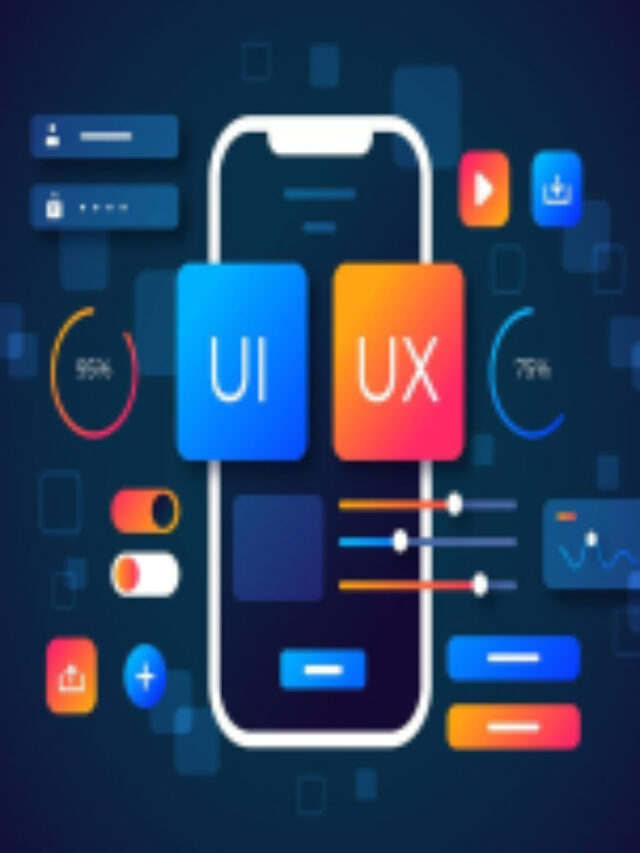UX in Everyday Life
User Experience (UX) in Everyday Life design can also be found in the design of tangible objects and ambient spaces, apart from use in websites or apps. These examples highlight how UX principles – ease of use, clarity, accessibility, and feedback – make our engagement with ordinary items much better:
7 UX in a real-life example
Vending Machines:
Vending Machines have been made for easy use by the customer by providing a self-service means where all the needed instructions are provided with pictures and clearly labeled buttons. It is easy for a customer to place an order with the machine since all the instructions in the form of product slots, visual imprints on inserting coins or cash or using a calling card, and Approximate push buttons are available. Usually, the machine will provide a visual or auditory response if a selection is made in this case confirming a successful purchase.
Traffic Signals and Pedestrian Crosswalks:
Traffic signals have integrated and comprehensible symbols and colors (stop means red, go means green) that are easy to use. Moreover, pedestrian crosswalks have additional elements such as visual signs and sound signals, which enable easy and safe crossing of the streets for all people regardless of any physical impairment.
Door Handles and Push Plates
Door handles and push plates are designed in a way that users will know how appropriately to use them at a glance. A pull handle suggests a person push open the door with their hands, whereas a push plate’s proper use is a plate that a person pushes towards the door. Such cues do not go against users’ natural expectations hence the chances of confusion are minimized and entering or exiting a space becomes seamless.
Ticket machines in MTR
Such devices are constructed intending to provide a rapid and self-sufficient transaction. They comprise big buttons, easily understood directions, and other language options to fit different types of travelers. Every step is confirmed visually and audibly, and he must be logical and clear in payment and ticket-receiving actions.
Automatic Taps and Hand Dryers
Automatic taps and hand dryers incorporate motion sensors whereby a person using the gadget does not have to come into contact with it. The sensors are triggered when the hands on the hands are and they respond immediately. This hands-free experience is very simple and easy to use, especially in the women’s washrooms which are congested with people.
Coffee Makers:
Coffee makers that are easy to operate have simple arrangements of buttons and clear water level indicators. Some models come with in-built clock timers or a one-touch brew button, which simplifies the process and serves quick coffee makers who do not like going through the whole process.
Instructions on Microwave Ovens:
Most microwave ovens are designed with the utmost ease of use in mind, with common functions such as popcorn or defrost even having one-touch buttons as well as simple time-scrollers. They are easy to use with no manual, thanks to simple icons and presets. There are even progress indicators showing how much time is left, therefore, leaving no room for guesswork
Conclusion
In every one of those examples, UX principles have been put in place to facilitate the most intuitive, efficient, and pleasant everyday interactions with these items. Therefore, the very design of such products and environments seeks to address the user’s needs most effectively, often with minimal learning motivation or effort.
Frequently Ask Questions
Audio-visual communication. Banks, restaurants, libraries, hospitals, and airport terminals are just a few examples of public spaces with varying degrees of design and architecture. It is easy to see that every ATM and even the public toilet sign bears the stamp of some kind of UX Evolution. Good design in use goes beyond just appliances and gadgets, any object in any given environment should be designed in such a way that it will function naturally with use
In addition to the common experiences mentioned above, which are limited to static designs, various examples can be encountered in real life, such as a vending machine, traffic light, parking signage, and even the positioning of items in a grocery shop. These are illustrative examples showing the what and how of UX design in everyday life to facilitate uncomplicated and time-effective processes such as buying a quick snack, waiting to cross the road, searching for a car, or even going around a supermarket.
UX is familiar and essential to people outside the scope of technology. It dictates how people engage with the items that they face in the surrounding environment. In this regard, better experiences can be brought about where safety, productivity, and contentment levels are enhanced in performing daily chores. For instance, designed properly, the buttons of an elevator with clear signs will ease the challenge of shifting from one floor to another while a user-friendly shopping cart will give relief to a shopper in the course of doing their shopping.


